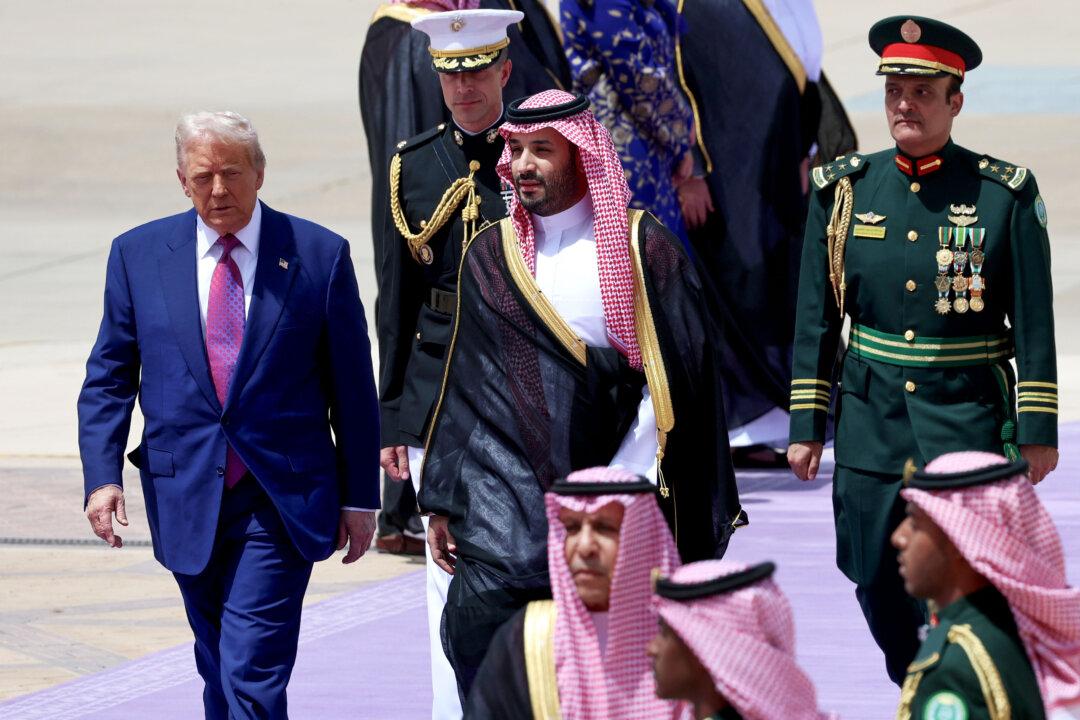Commentary
President Donald Trump’s Gulf tour, complete with camel parades and sword dancers, rekindled a century-old Western love affair with Arab culture. The dazzling display of Gulf Arab customs that streamed on our smartphones in 2025 stood in stark contrast to an era when such imagery was only available through a National Geographic subscription or a grainy television documentary.





